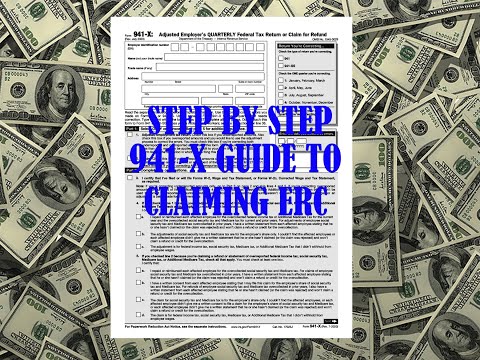The tax credit for retention of employees can be a valuable tool for businesses to help them retain their employees during difficult economic times. The Coronavirus Aid, Relief created this tax credit that can be refunded along with the Economic Security (CARES) Act in 2020 and is designed to motivate employers to retain their employees on the payroll despite the financial hardships caused by the COVID-19 virus. The tax credit for retention for employees is available to companies of all sizes, and includes those that are self-employed , or with less than 500 employees.
The employee retention tax credit allows a tax credit refundable for up to 50% of wages paid by an employer who is eligible employees in the time beginning at March 12, 2020 through December 31st 2021. The maximum amount of credit is $5,000 per year per employee. The credit is accessible all employers, regardless of whether they've had to endure a total or temporary suspension business operations as a result of the COVID-19 epidemic.
This article is to provide an overview of the retention tax credit and what employers must know in order to get the benefit. We will discuss eligibility criteria, how the credit is implemented, and how to claim the credit. We will also share tips for employers about how to maximize the tax credits for employee retention.
In conclusion, the employee retention tax credit can be an invaluable instrument for employers to help them retain their employees during difficult economic times. It is available to all employers and grants a tax credit for up to 50% of the wages an eligible employer pay its employees. Employers should make the effort to understand the eligibility requirements and how the credit operates and the best way to use it to get the most benefit from the tax credits for employee retention. By making use of this tax credit, employers can help ensure their business's financial stability and the employment of their employees.
Additionally, employers must consult with their tax advisors to ensure that they're making the most of the retention tax credit and other relief programs. The CARES Act provides a number of relief programs to go along with the tax credit for employee retention like The Paycheck Protection Program and Economic Injury Disaster Loans. Utilizing all of the relief programs offered employers can ensure the financial stability of their business and ensure their employees' work.

















